How to Vet Methylene Blue Quality: COAs, Purity, and Red Flags (So You Don’t Get Burned)
By Supplement Reports Team
June 8, 2025
6 min read
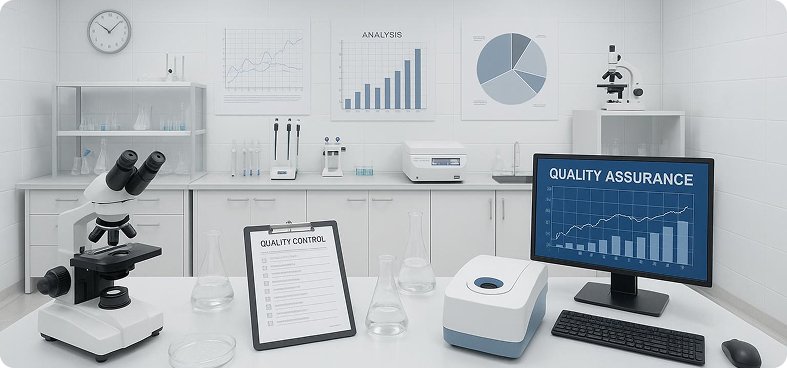
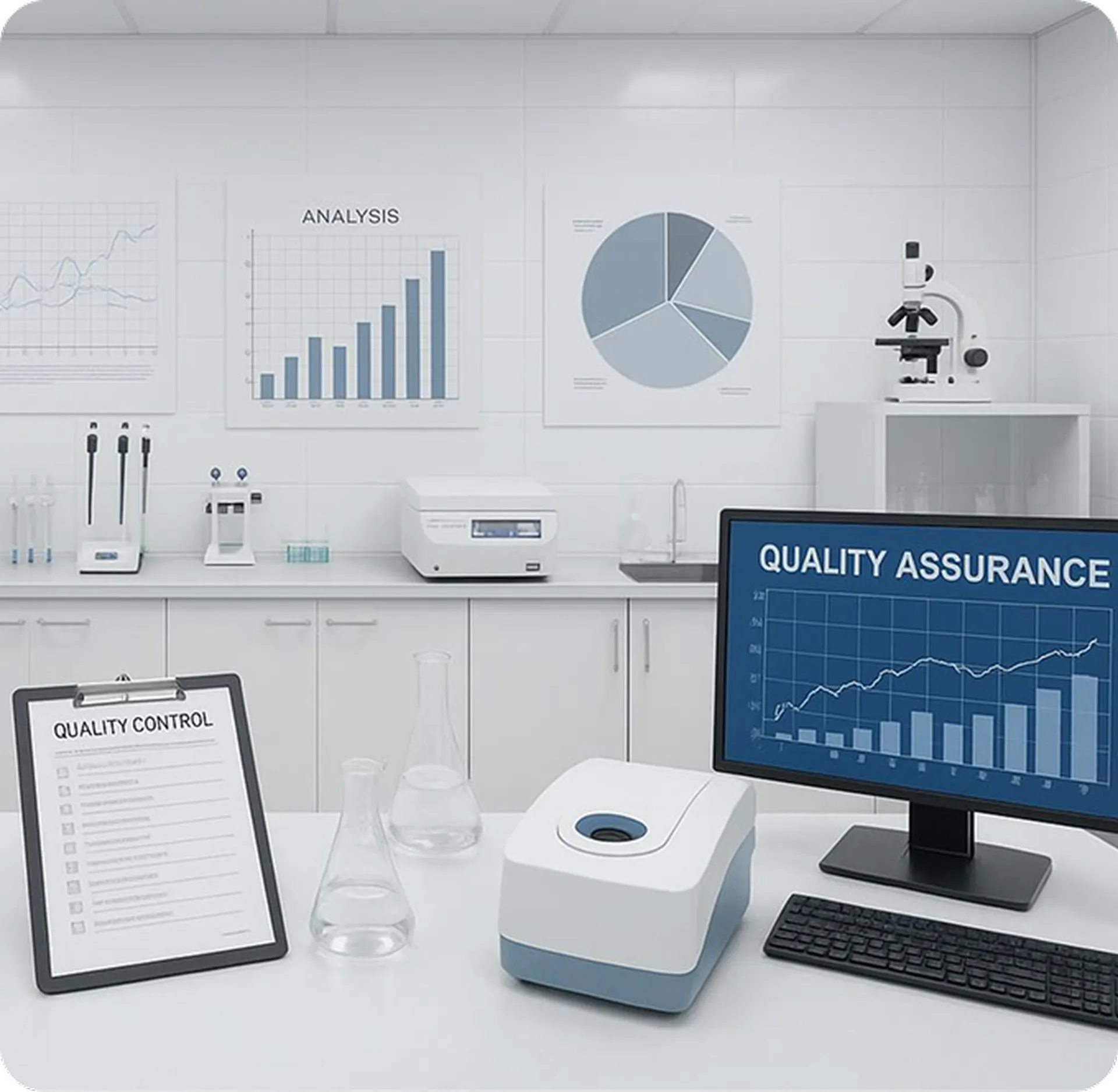
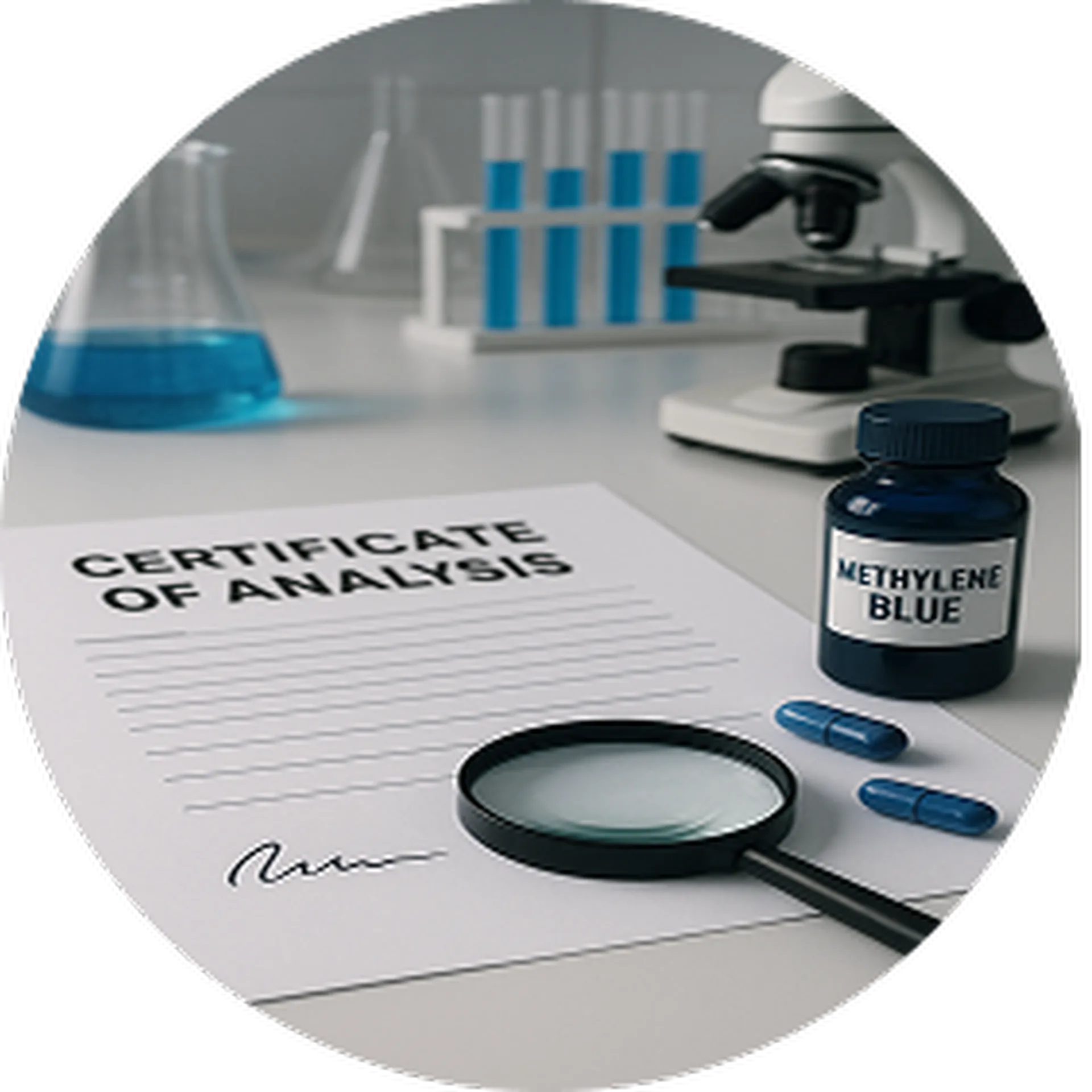
Your Guide to Safe and Effective Methylene Blue

Why Quality Matters
Contamination Risks
Heavy Metals: Lead, arsenic, mercury, and cadmium can accumulate in the body
Industrial Chemicals: Solvents and processing aids not intended for human consumption
Microbial Contamination: Bacteria, yeast, and mold that can cause infections
Incorrect Potency: Products that contain more or less active ingredient than labeled
Furthermore, the grade of methylene blue is crucial. Industrial or aquarium-grade methylene blue is not intended for human consumption and may contain dyes and other chemicals that are toxic. Insisting on pharmaceutical-grade methylene blue is the only way to ensure that you are not ingesting harmful substances.
Grades & Labeling 101
Pharmaceutical/USP Grade
This is the highest grade available. Meets stringent USP standards for purity, potency, and quality.
Purity: 99%+
Testing: Comprehensive
Safety: Human consumption
Reagent Grade
Suitable for laboratory use but may not be pure enough for human consumption.
Purity: 95-99%
Testing: Limited
Safety: Lab use only
Industrial/Aquarium Grade
Suitable for laboratory use but may not be pure enough for human consumption.
Purity: 95-99%
Testing: Limited
Safety: Lab use only
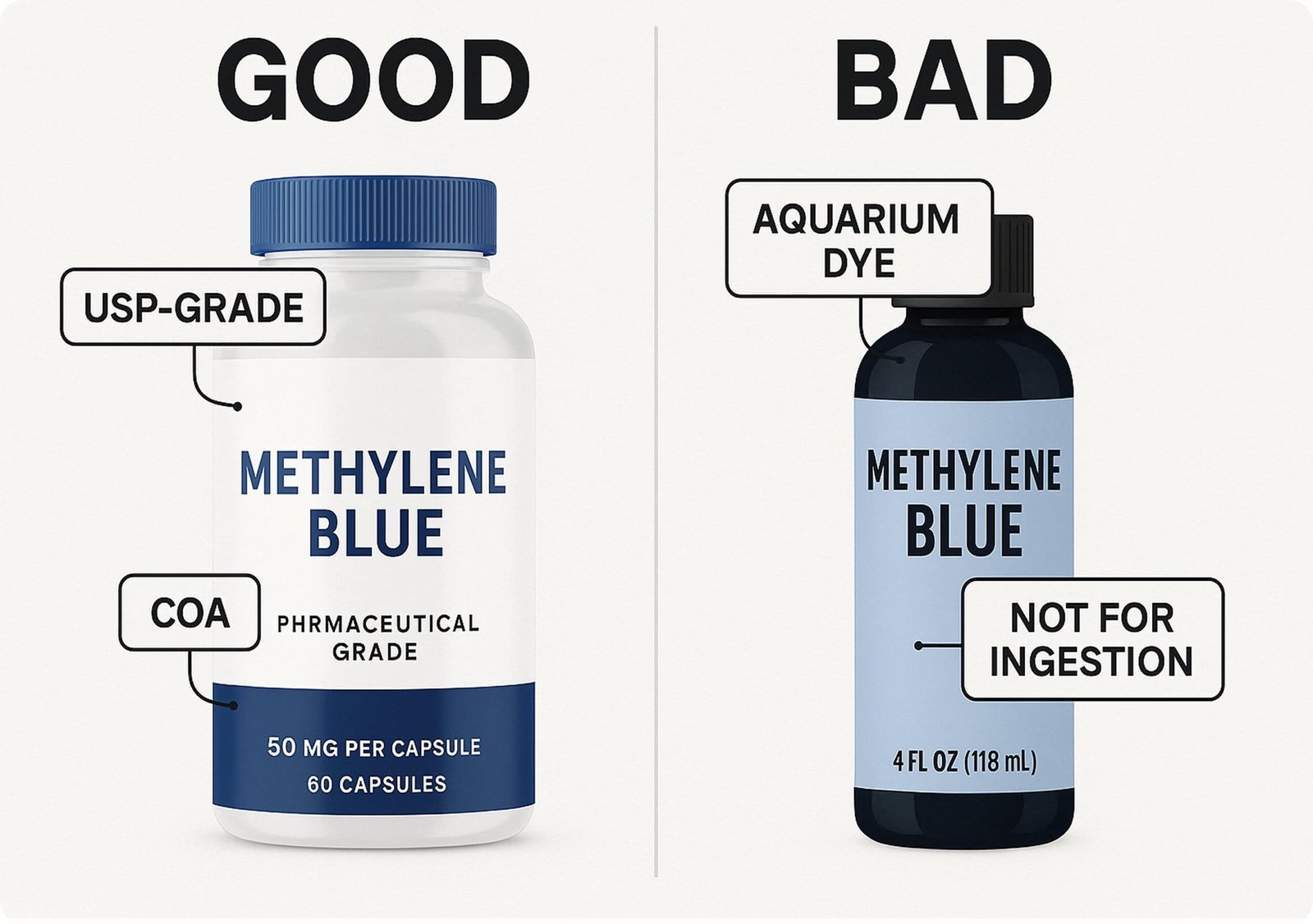
Visual comparison of good vs. bad methylene blue products
How to Read a Certificate of Analysis (COA)
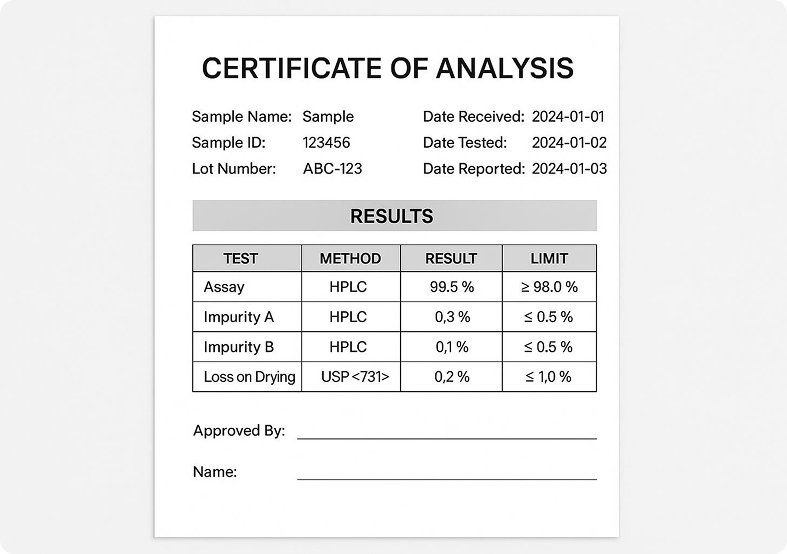
Visual comparison of Certificate of Analysis
Key COA Sections to Review
Identity Testing
Confirms the product is actually methylene blue using methods like UV-Vis spectroscopy or HPLC
Purity Percentage
Should show 99% or higher purity for pharmaceutical grade products
Heavy Metals Panel
Tests for lead, arsenic, mercury, and cadmium - all should be below detection limits
Microbial Testing
Screens for harmful bacteria, yeast, and mold contamination
Residual Solvents
Tests for any solvents used in manufacturing that should be removed
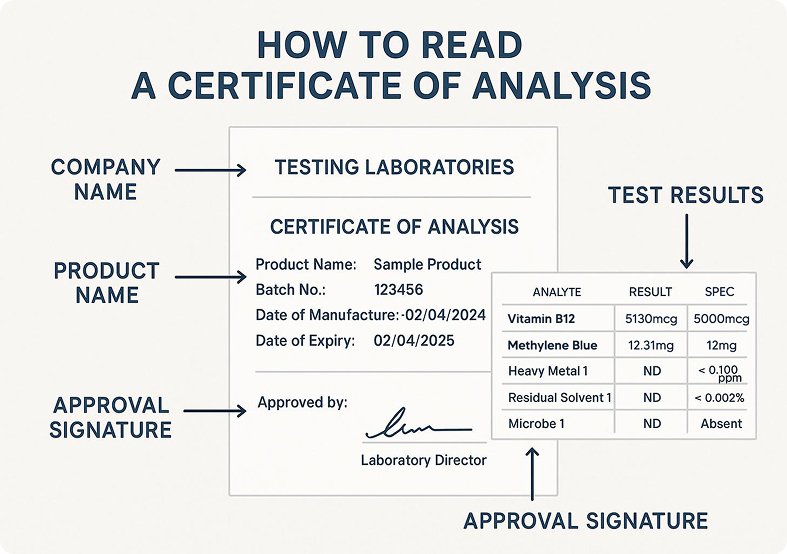
Educational guide on how to read and interpret COA results
Packaging, Handling & Storage
Proper Packaging
Amber or dark glass bottles
Airtight seals and tamper-evident caps
Desiccant packets to control moisture
Clear batch and expiration date labels
Light-resistant secondary packaging
Poor Packaging
Clear plastic containers
Loose-fitting or missing caps
No moisture protection
Missing or unclear labeling
Exposure to light during shipping
Storage Best Practices
Temperature: Store in a cool, dry place (15-25°C/59-77°F)
Light: Keep away from direct sunlight and UV light
Moisture: Use desiccant packets and ensure tight seals
Handling: Wear gloves to prevent staining and contamination
Vendor Transparency Checklist
Third-Party Testing
Batch Traceability
Responsive Support
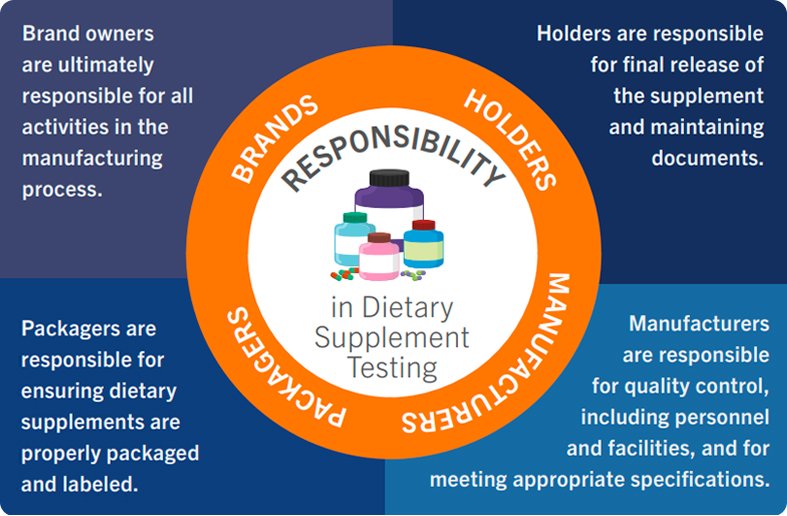
Responsibility chain in dietary supplement testing
Common Red Flags
Major Red Flags
Vague “Lab Grade” Claims: This term has no standardized meaning
Missing COA: Cannot provide batch-specific testing documentation
Aquarium/Industrial Labeling: Products not intended for human use
Suspiciously Low Prices: Quality methylene blue isn’t cheap to produce
No Batch Information: Cannot trace product to specific manufacturing lot
Warning Signs
Unrealistic Health Claims: Promises of miraculous benefits
Poor Website Quality: Unprofessional presentation or missing information
No Contact Information: Difficult to reach vendor for questions
Pressure Sales Tactics: Limited time offers or high-pressure marketing
No Return Policy: Unwillingness to stand behind product quality
6-Step Quality Audit Workflow
Verify Grade Certification
Confirm the product is labeled as USP or pharmaceutical grade. Reject anything labeled as "lab grade," "reagent grade," or for aquarium use.
Request Batch-Specific COA
Ask for the Certificate of Analysis for the exact batch you're purchasing. The batch number should match your product packaging.
Analyze COA Results
Review purity (should be 99%+), heavy metals (below detection limits), and microbial testing results. Verify the testing lab is accredited.
Evaluate Packaging Quality
Ensure proper amber glass containers, airtight seals, desiccant packets, and clear labeling with batch numbers and expiration dates.
Research Vendor Reputation
Look for customer reviews, check business credentials, and assess their responsiveness to quality questions and concerns.
Start with Small Test Order
For new vendors, place a small initial order to verify product quality before committing to larger purchases.
Quality Investment Mindset
Remember that high-quality methylene blue is an investment in your health and safety. While pharmaceutical-grade products cost more than industrial alternatives, the price difference is minimal compared to the potential health risks of contaminated products.
A typical monthly supply of quality methylene blue might cost $30-60, while the medical costs of treating heavy metal poisoning or other contamination-related health issues could be thousands of dollars.
Final Recommendations
By following these guidelines and using the 6-step audit workflow, you can confidently identify high-quality methylene blue supplements and avoid the pitfalls that could compromise your health. Remember that quality assurance is an ongoing process – even with trusted vendors, continue to verify COAs and monitor product quality with each new batch.
When in doubt, consult with healthcare professionals who understand methylene blue and can help guide your product selection and usage decisions.
Top Rated Methylene Blue Supplement
Methylene Blue Capsules (12mg)
9.8

(70 reviews)
- Supports brain energy, clarity, and mitochondrial health
- Enhanced with Cacao, Alpha Lipoic Acid, and MCT Oil Powder
- 12mg pharmaceutical-grade Methylene Blue per serving
- Natural ingredients, non-GMO, third-party tested
- Made in GMP facility for quality assurance
Show more
- Supports brain energy, clarity, and mitochondrial health
- Enhanced with Cacao, Alpha Lipoic Acid, and MCT Oil Powder
- 12mg pharmaceutical-grade Methylene Blue per serving
- Natural ingredients, non-GMO, third-party tested
- Made in GMP facility for quality assurance
Picked by ... people today
